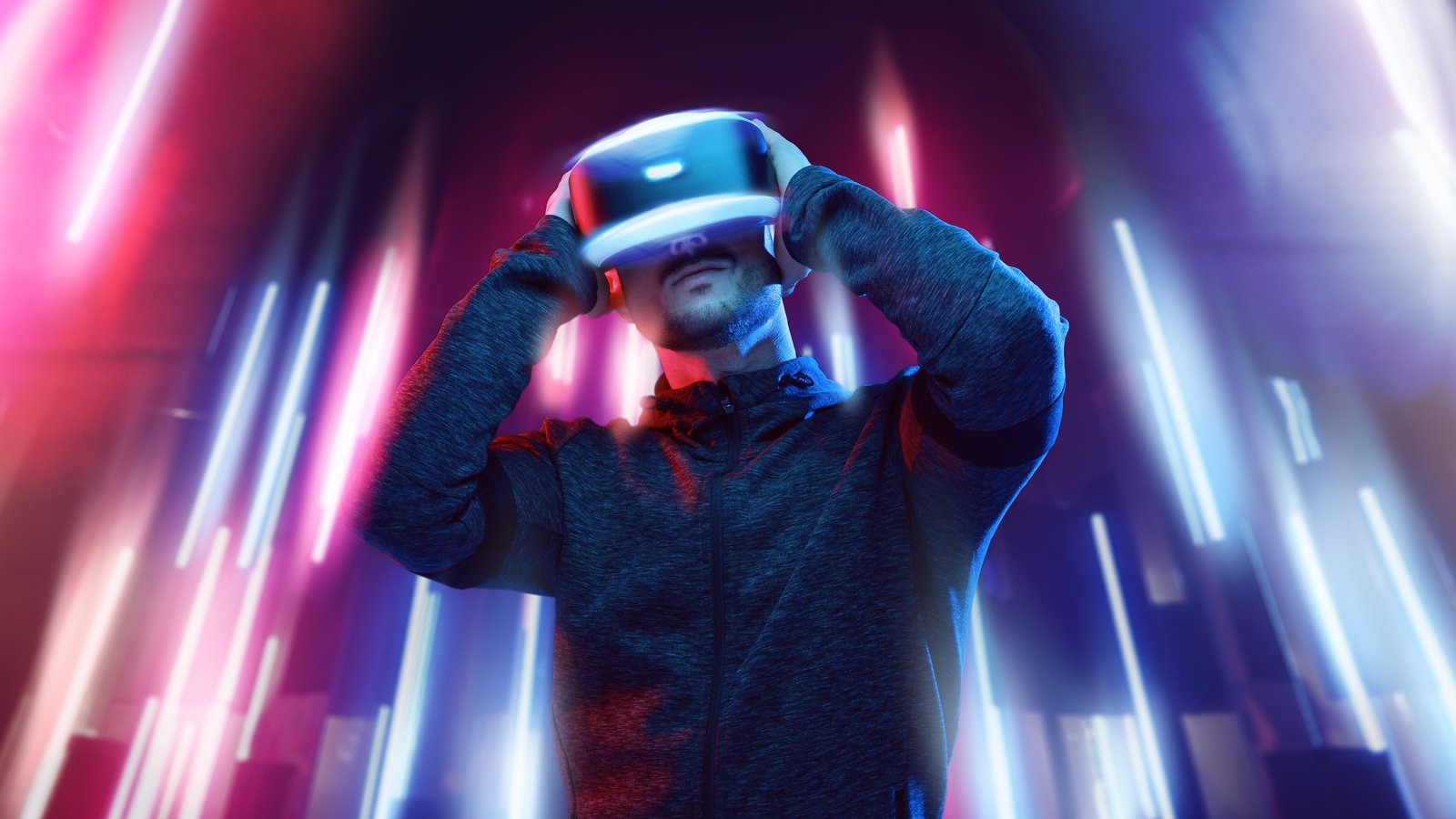We all know that the Tech, Engineering and Manufacturing industries are full of acronyms, jargon and terminology. And for those who aren’t in the know, they might as well be written in another language. Even here at Theorem we can be guilty of thinking that just because we know what CAD, PLM and PDM are, everybody else does.
If you follow the latest tech trends, then over the past couple of years or so, you’re probably aware that companies such as Microsoft, Facebook, HTC, Apple, Samsung, Magic Leap (amongst others) are working on hardware and/or software in what is being referred to as in the ‘XR’ space.
The use of the terms VR, AR and MR have been around for a while, and although you may know what they stand for, understanding what they do-and the differences between them-can be a little confusing. Spoken in the same sentences as other terms such as IoT and AI, it can all start to get a bit overwhelming.
So what are VR, AR, MR- and now XR? Lets clarify…
VR aka Virtual Reality
VR is probably the most well-known. It’s been around the longest, and has been tried and tested both in enterprise and consumer markets for many years. However, the way VR is used has changed. It is no longer limited to the few who have access (and the funds) to a CAVE or Powerwall, or the domain of gamers. Through the development and increasing availability of more affordable VR headsets, like the HTC Vive and Oculus Rift, VR experiences are becoming accessible and mainstream.
VR is a 100% virtual, immersive and simulated experience. VR headsets cover the user’s field of vision, effectively cutting off the real world around them. The headsets respond to hand and head movements, and the displays on the screen alter accordingly, making the viewer feel as though they are actually inside the location being displayed.
VR however, is not without its issues. Due to the fully immersive nature of the technology, if the refresh rate (the number of times the visual image is recalculated based on the user’s exact position) of the display is not high enough, and the hardware cannot adapt the virtual surroundings fast enough to effectively simulate what the eyes would see if the virtual experience was real, some users can experience what is known as ‘VR sickness’, a sort of motion sickness. Newer devices now have higher refresh rates and low latency screens to try and combat this side effect, and not everyone has this experience when using VR, so don’t let it put you off.
AR aka Augmented Reality
AR is an overlay of digital content on the real world, but that content is not fixed to or part of it. Using a tablet or smartphone, the camera shows the real world, as it normally would, and then using a marker as a point of focus, the digital content appears on the screen and can be overlaid on a physical object.
AR really captured the public’s imagination through the overwhelmingly popular gaming app Pokémon Go, where you’d use the camera on your smartphone or tablet to collect digital Pokémon characters, but in real life locations.
MR aka Mixed Reality
Mixed reality is similar to AR in that it is an overlay of digital content onto the real world, but with MR the content appears in the form of a 3D hologram. The user can interact with the hologram in the real world, in real time. With MR headsets, the digital content appears in front of you and using hand gestures and voice control, the headsets allow you to manipulate and interact with the data as if it were a real object. As the headset tracks your head movement, you can also walk around the data and get closer to the data. As the digital content is 3D, this gives you the appearance of depth with the object you are looking at, as you would an actual object, so you get the sense of size. Your interactions with the data can be recorded through the headset.
So where does XR come in to it?
To put it simply, XR (Extended Reality, or sometimes referred to as Cross Reality) is an all-encompassing, umbrella term for all of these ‘reality’ technologies. It is not a standalone technology, or another ‘reality’ to try and understand; it’s just another acronym and tech buzzword to add to your list.
How Theorem use XR
Theorem have been developing apps that harness the power of these XR technologies, and have a range of experiences for AR, MR and VR, that enable you to make the most out of your CAD and PLM data. Our experiences are 3D CAD and device agnostic, and are underpinned by our Visualization Pipeline a server-based technology that enables fast, efficient, flexible, and automated processing of all CAD, PLM and visualization data, while maintaining the associated metadata.
These experiences are targeted at a number of engineering and manufacturing focused use cases, and enable users to carry out tasks related to (but not limited to) design reviews, factory layout and work instructions.
By being device agnostic, our experiences will work using AR, MR or VR- we don’t mind which. In fact, you can use any device, from anywhere in the in world, at the same time in a collaborative session!
If you liked this post, then this may also be of interest: Exploring the Cognitive Gap and the potential of XR technologies.



